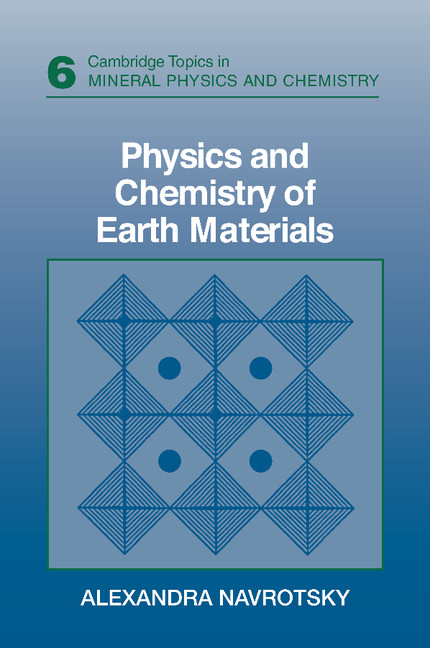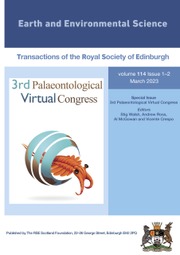Computational Mineral Physics
Computational mineralogy is fast becoming the most effective and quantitatively accurate method for successfully determining structures, properties and processes at the extreme pressure and temperature conditions that exist within the Earth's deep interior. It is now possible to simulate complex mineral phases using a variety of theoretical computational techniques that probe the microscopic nature of matter at both the atomic and sub-atomic levels. This introductory guide is for geoscientists as well as researchers performing measurements and experiments in a lab, those seeking to identify minerals remotely or in the field, and those seeking specific numerical values of particular physical properties. Written in a user- and property-oriented way, and illustrated with calculation examples for different mineral properties, it explains how property values are produced, how to tell if they are meaningful or not, and how they can be used alongside experimental results to unlock the secrets of the Earth.
- Written for the growing community of computational mineralogists including early career students and researchers seeking jobs in industry and academi
- Unlike previous books this volume considers the broad range of materials properties and presents key materials science aspects stemming from ab initio simulations such as electronic band structure, dynamical charges, polarization, modes of vibration, and coupling between energy and elasticity
- Introduces the physical basis of ab initio simulations on a phenomenological basis while avoiding heavy mathematics that can be discouraging for mineralogists and geologists
- Explains the requirements for performing successful ab initio simulations, outlining the essential variables, and providing practical examples of simulations
Product details
December 2025Hardback
9781108416771
322 pages
254 × 178 mm
Not yet published - available from December 2025
Table of Contents
- Part I. Getting Started:
- 1. Introduction
- 2. Atomistic calculations using interatomic potentials
- Part II. Statical properties:
- 3. Density functional theory
- 4. Static electronic properties
- 5. Origin of colour, optical constants and electronic spectroscopy
- 6. Magnetism
- 7. Polarisation
- 8. Mechanical properties
- Part III. Dynamical properties:
- 9. Lattice dynamics
- 10. Density-functional perturbation theory
- 11. Dielectric properties
- 12. Phonons
- 13. Vibrational spectroscopy
- 14. A few examples of phonon analysis
- 15. Advanced topics in density functional perturbation theory
- 16. Molecular dynamics
- 17. Analysis of the molecular dynamics simulations
- 18. Computational perspectives
- References
- Index.








